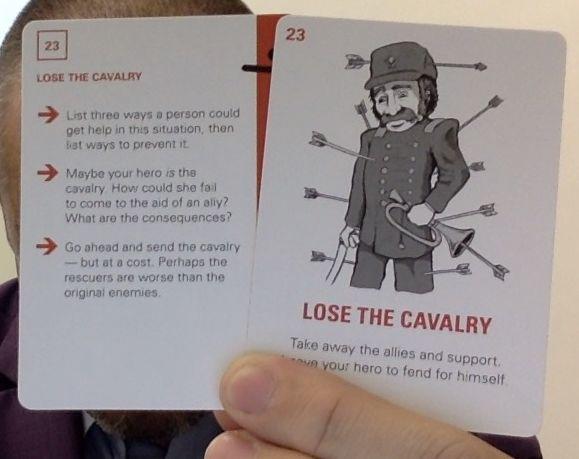Cold-Hearted Ahmeek Druids
A few days ago, I introduced the Ahmeek to 5E D&D, taking inspiration from the pages of Longfellow’s Song of Hiawatha. If you missed these evil, intelligent beavers, you can check them out here. With their tough hide and powerful build, Ahmeek warriors can be rough customers for Tier 1 characters, especially if the Ahmeek have the home court advantage. You surely noticed in that first Ahmeek-themed post that these wicked dam-builders are magical. The common Ahmeek warrior lacks magic powers. This isn’t true of the Ahmeek’s dam-leaders.
When considering magic abilities for the Ahmeek, the Song of Hiawatha shows that they can polymorph other creatures into Ahmeek form. This doesn’t seem like something that ought to pop up too often in a game. Neither does it sound like a useful attack or defense. So, I asked myself, “What sorts of magic would the Ahmeek have?”
Well, it seems reasonable that this magic ought to focus on the Ahmeek’s environment, which includes wood, trees, water, and animals found in forests and ponds. This lends itself to a distinctly druidic feel. Thus, the Ahmeek’s magic-using leaders are evil druids of sorts. I like that. I picture Ahmeek druids standing atop dam-forts, gnawing the limbs off sacrifices to their dark deities of water, wood, and ice.

Ahmeek Druid
Medium monstrosity, lawful evil
Armor Class 14 (natural armor)
Hit Points 52 (8d8+16)
Speed 25 ft., swim 30 ft.
STR 14 (+2), DEX 14 (+2), CON 14 (+2), INT 12 (+1), WIS 16 (+3), CHA 13 (+1)
Saving Throws Intelligence +3, Wisdom +5
Skills Nature +3, Perception +5, Survival +5
Damage Immunities cold
Senses darkvision 60 ft., passive Perception 15
Languages Common, Giant Beaver
Challenge 3 (700)
Hold Breath. The Ahmeek druid can hold its breath for 15 minutes.
Ice Magic (Recharge 6). As a bonus action when the Ahmeek druid casts a spell, it targets a creature that it can see within 30 feet. The target must make a DC 13 Fortitude saving throw, taking 9 (2d8) cold damage on a failed save, or half as much damage on a successful save. Also, if the target takes cold damage from this ability, the target’s speed is reduced by 10 feet until the start of its next turn.
Siege Monster. The Ahmeek druid deals double damage to objects and structures made of wood.
Spellcasting. The Ahmeek druid is a 7th-level spellcaster. Its spellcasting ability is Wisdom (spell save DC 13, +5 to hit with spell attacks). It has the following spells prepared:
Cantrips (at will): druidcraft, poison spray, resistance
1st level (4 slots): cure wounds, entangle, longstrider, thunderwave
2nd level (3 slots): enhance ability, hold person, spike growth
3rd level (3 slots): conjure animals, dispel magic, sleet storm
4th level (1 slot): control water
Swimby. The Ahmeek druid doesn’t provoke opportunity attacks when it swims out of an enemy’s reach.
Actions
Multiattack. The Ahmeek druid makes two melee attacks, one with its bite and one with a weapon.
Bite. Melee Weapon Attack: +4 to hit, reach 5 ft., one target. Hit: 7 (2d4+2) piercing damage plus 1d8 (4) cold damage.
Spear. Melee or Ranged Weapon Attack: +4 to hit, reach 5 ft. or range 20/60 ft., one target. Hit: 5 (1d6+2) piercing damage plus 2 (1d4) cold damage, or 6 (1d8+2) piercing damage plus 2 (1d4) cold damage if used with two hands to make a melee attack.




